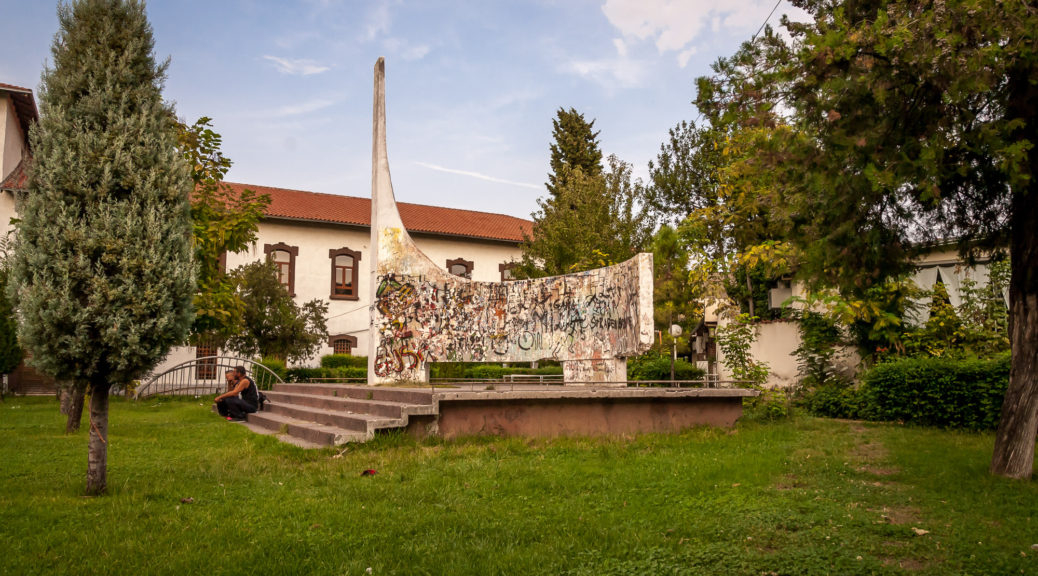
Welcome to Albania Part 1: Shkoder
Greetings loyal readers! I know it has been a long time since my last blog post. Things have been a little hectic the last few months. Between applying for jobs, going to interviews and then ultimately deciding to move to Pittsburgh for Dan’s dream job, life has been busy and unpredictable. All of this craziness has left me physically, mentally and emotionally drained. Unfortunately, my blogging motivation has seriously suffered as a result. However, it’s still very important to me that I document the last couple months of our trip while it is relatively fresh. So, to those of you still following along, thank you and I hope you enjoy reading about some of the most beautiful and fascinating destinations of our journey.
First stop in Albania: Shkoder
A little bit of back story about how we ended up in Shkoder: as we neared the end of our trip we wanted one more epic, outdoor adventure. In Asia we had gone on some amazing multi-day treks in Vietnam and Laos but in Europe we’d spent most of our time in cities. We were chatting with other backpackers on our Mostar tour back in Bosnia and a few of them suggested the hike from Theth to Valbona, two small villages in Albania. Everyone we talked to who’d completed the trek raved about it. It sounded like exactly what we were looking for.
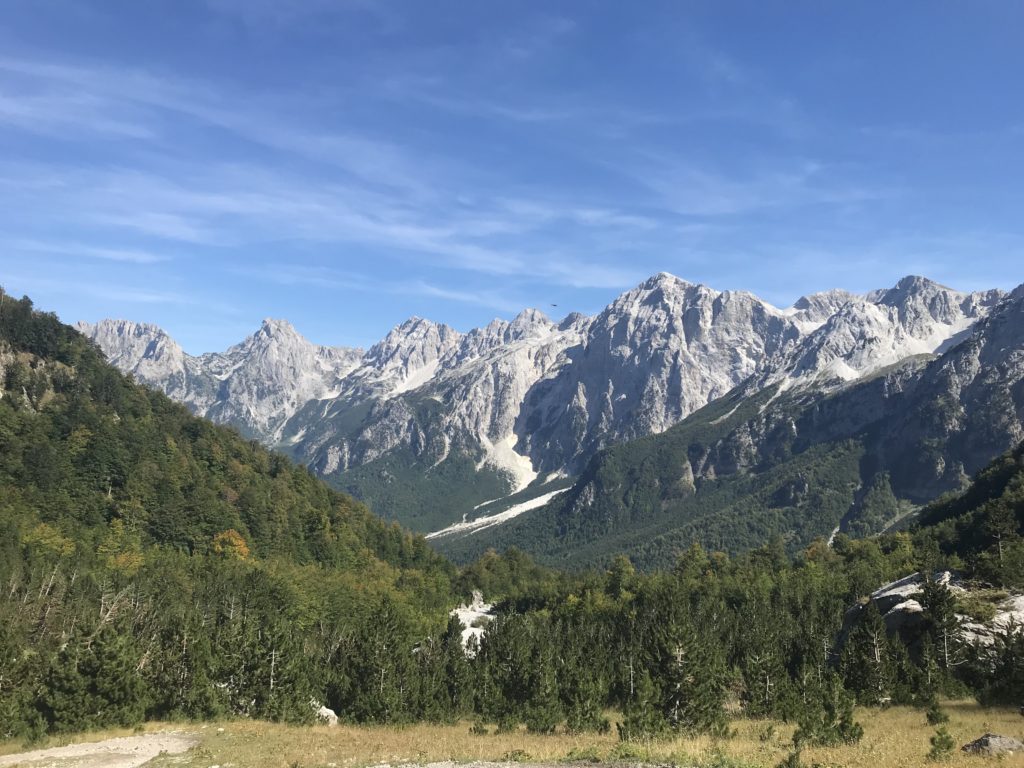
That is how we came to be in Shkoder, a small city in northern Albania. The plan was to spend a couple nights there, find a ride to Theth, spend a night in the village, hike to Valbona, spend a night there and then take the Komani Lake ferry back to Shkoder.
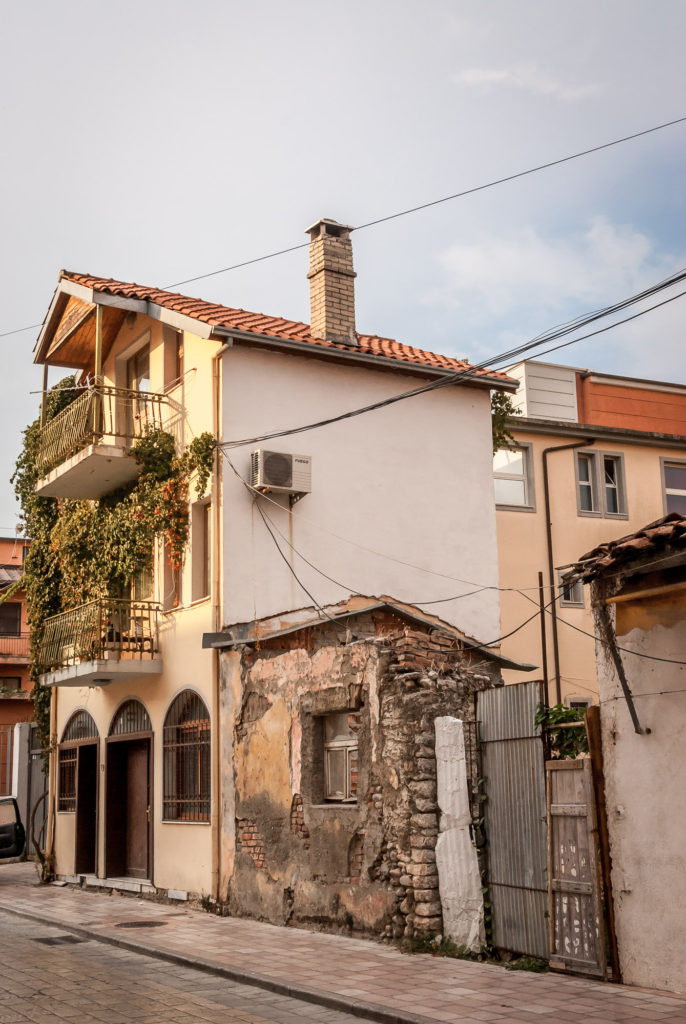
We didn’t have any expectations for Shkoder, it just seemed like a convenient base from which to plan our trek. However, we ended up really enjoying our time there. I would highly recommend it as a worthwhile destination in and of itself.
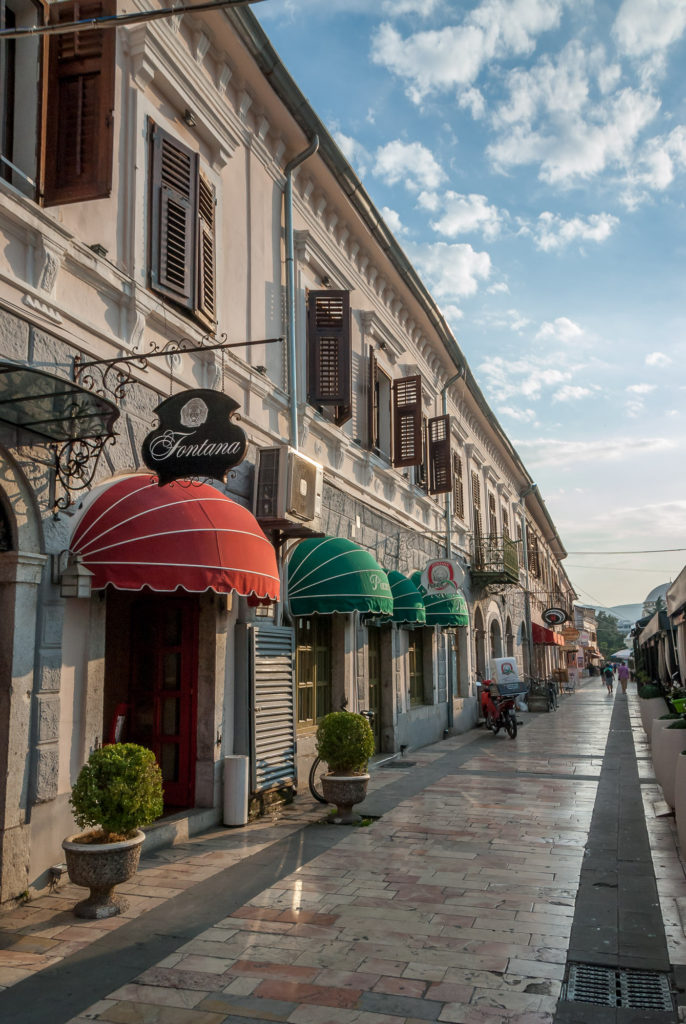
Albania’s Turbulent History
Shkoder was a great place to learn a bit more about Albania’s fascinating history. Unlike the other Balkan nations immediately surrounding it to the north and east, Albania is not a Slavic country. The Albanians have their own unique language and culture.
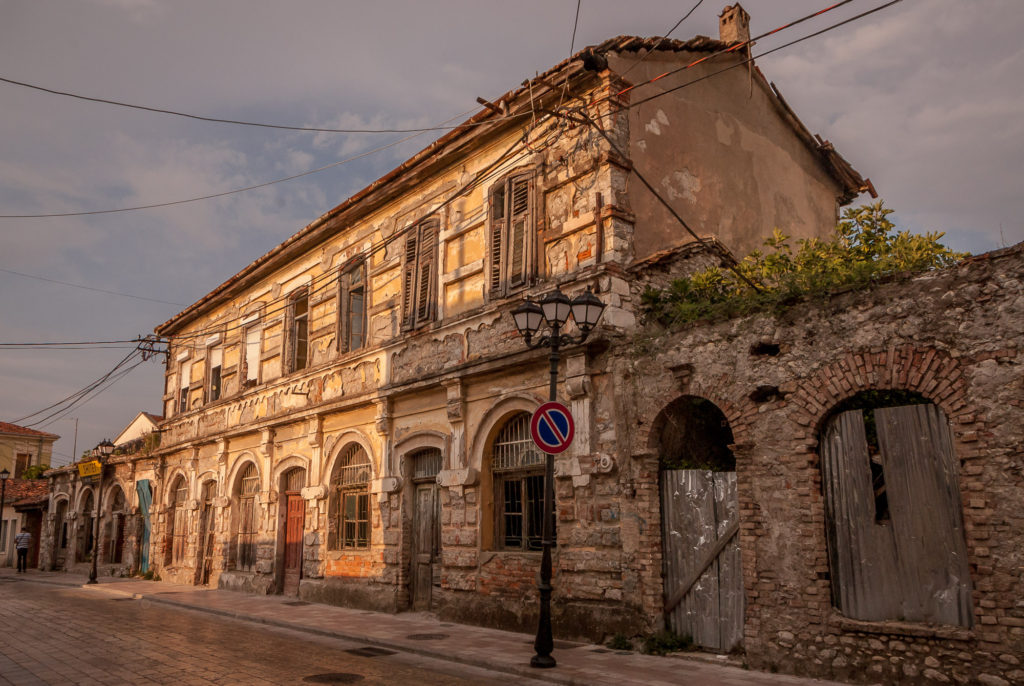
Therefore, Albania was never part of Yugoslavia, but it did have its own communist regime. Lead by Enver Hoxa, Albania had one of the most extreme and repressive communist dictatorships in the world. Hoxa felt that other communist countries, such as China and the USSR, were too soft in their application of communism. He eventually cut all ties with his would-be allies, sending his country into extreme isolation (think North Korea today). At one point Albania literally had NO international trading partners. When Communism finally ended in 1992 much of the population had never seen a banana or a pair of blue jeans.
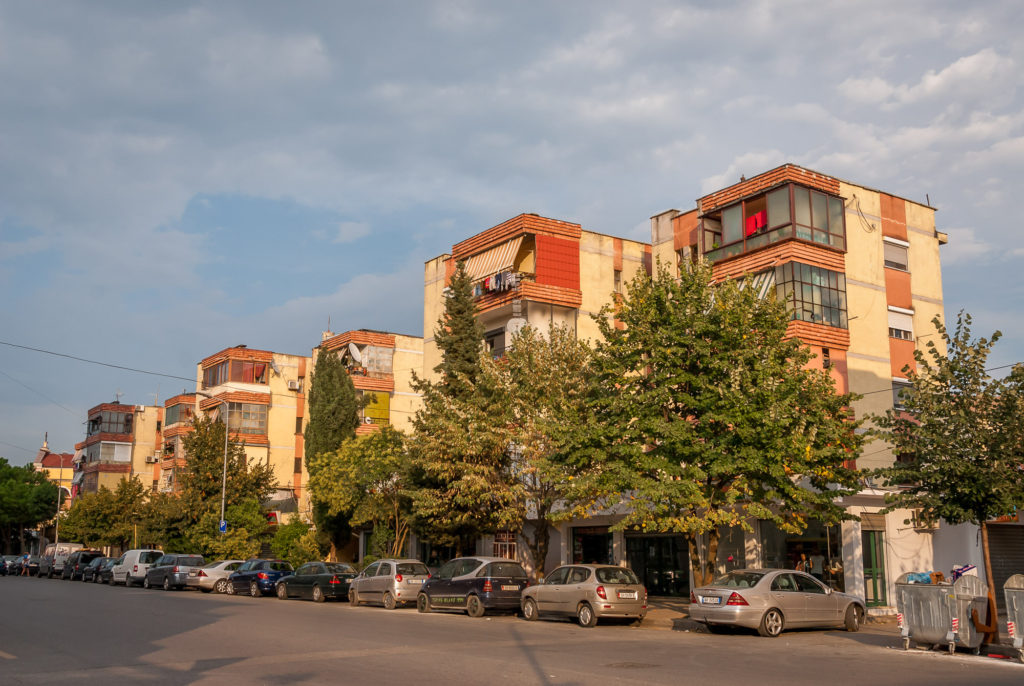
One positive result of Albania’s distinct history and ethnic identity is that it avoided the ethnic (i.e. religious) conflicts that plagued much of the Balkans in the 1990s. Albanians take great pride in their religious tolerance. Members of the three major religions, Islam, Catholicism and Orthodoxy, seem to coexist peacefully.
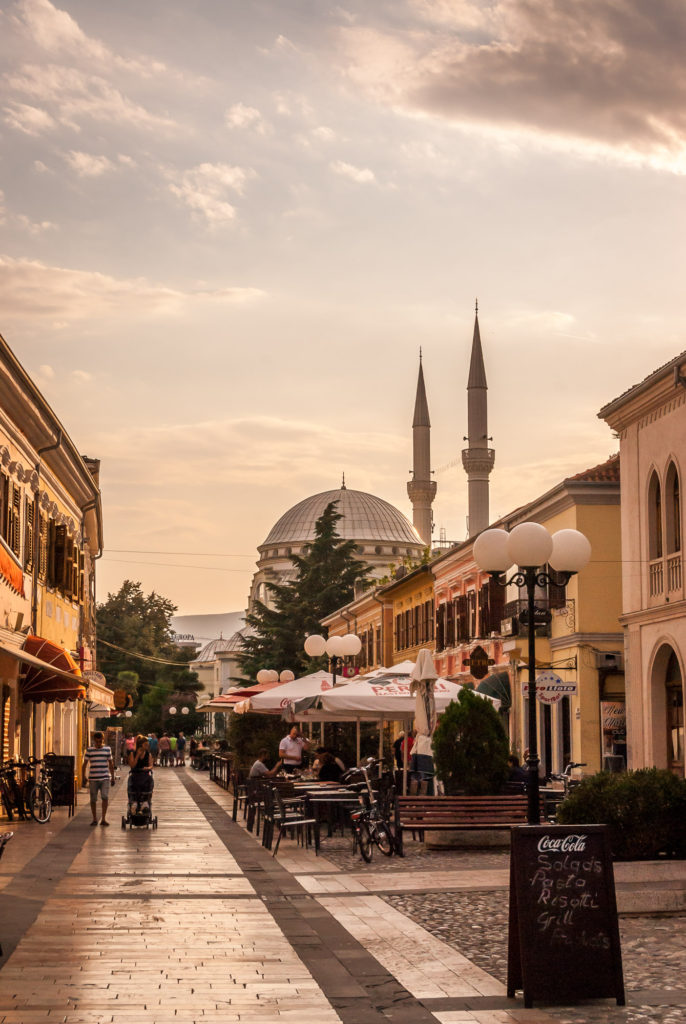
This might be partly due to the fact that Hoxa outlawed all religion during the communist period. Most of the country’s religious buildings were destroyed and had to be rebuilt when the regime ended.
Visiting the Marubi National Museum of Photography
While we were in town we visited the fantastic Marubi National Museum of Photography. They had an exhibit of photographs from the communist period and two images stand out in my memory. One was of a little girl swinging from parallel bars in the middle of a church sanctuary. One of the few churches saved from the wrecking ball, it had been turned into a gymnasium.
The other was of a crowd protesting in the streets, calling for the end of communism. If it hadn’t been for the caption I would have guessed by the way people were dressed that the image was captured in the 1960s, not 1992. It really brought home how much modernization Albania missed out on during that period.
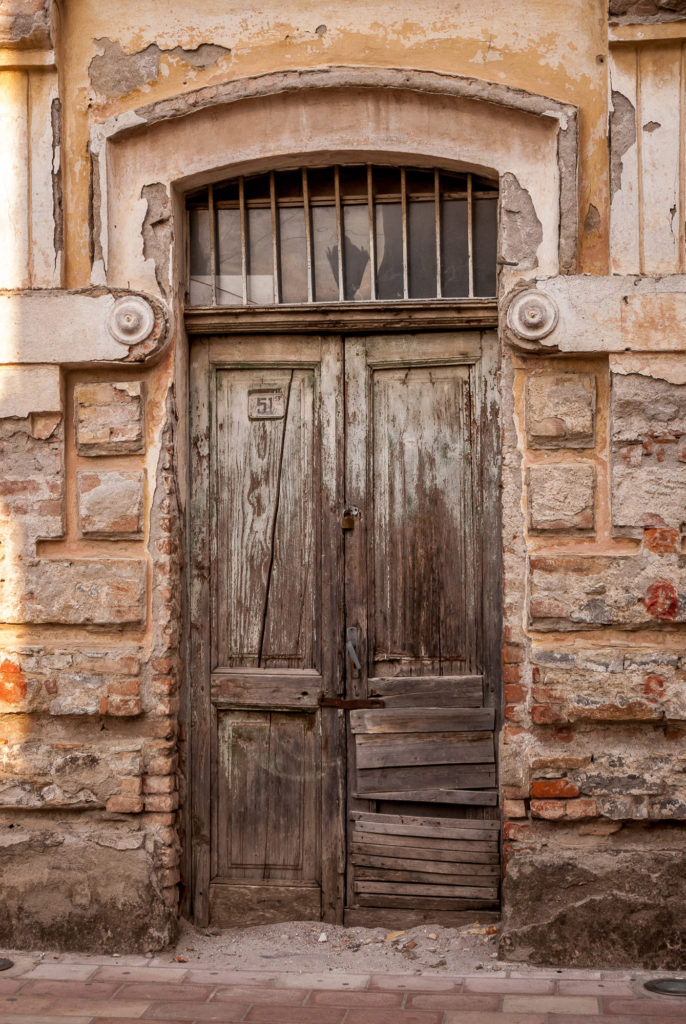
In conclusion…
Shkoder doesn’t have a ton of attractions but the slow pace of life and lovely architecture made it a perfect fit for this type of trip. It offered a great introduction to what would end up being one of our favorite countries. Learning about the history of the Balkans and its present ramifications was one of the most thought provoking aspects of our trip. I’m so glad we had the luxury to travel slowly and try to soak it all in.
Up next: stories and pictures from our amazing three day adventure in Albania’s Accursed Mountains!
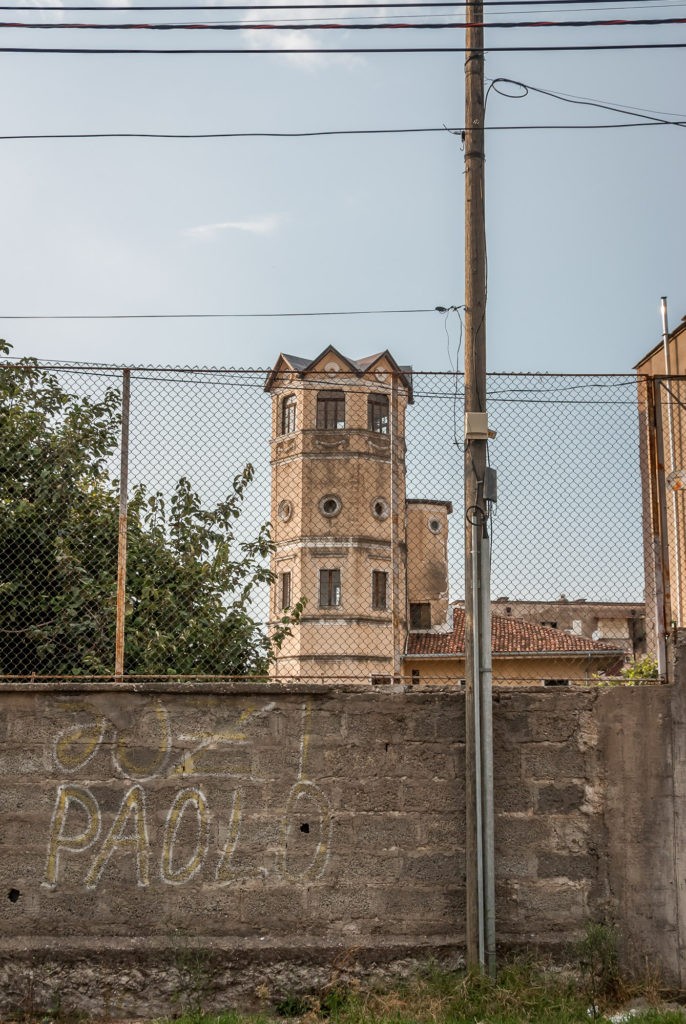
One thought on “Welcome to Albania Part 1: Shkoder”